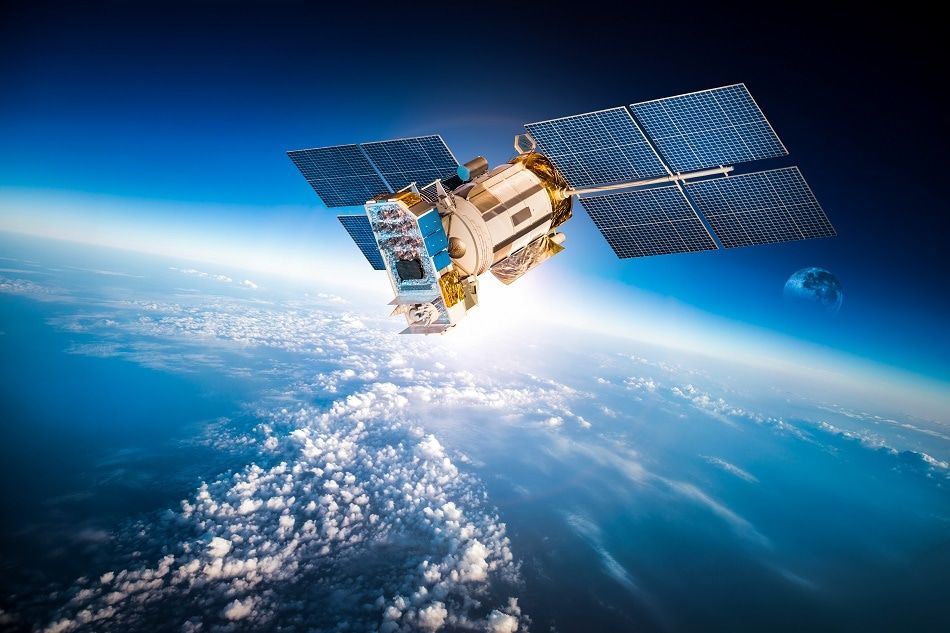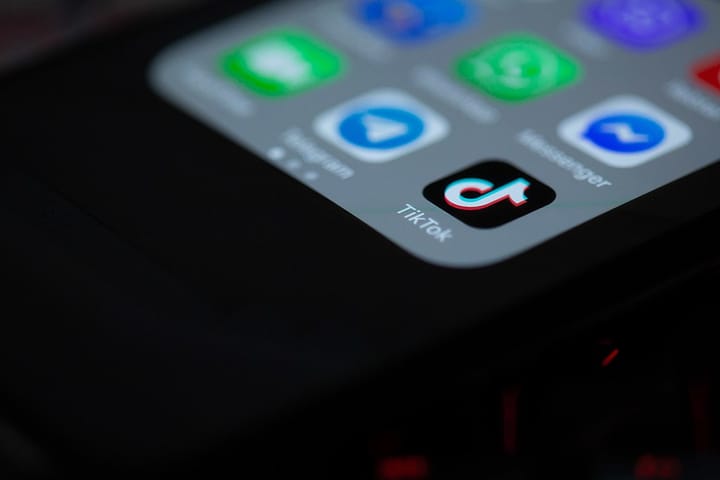The era of space tourism could be ushering in a new age of technological growth

A few minutes every morning is all you need.
Stay up to date on the world's Headlines and Human Stories. It's fun, it's factual, it's fluff-free.
With the recent partnership between SpaceX and Space Adventures, a space tourism company, the next decade could see a boom in the number of civilian space flights.
The partnership between the two companies, coupled with the continued advancements at the National Aeronautics and Space Administration (NASA), looks likely to see the development of new space-related technology, particularly sensors designed for use in space, which will herald a new age in space tourism.
Back in the mid-20th century, when the United States and the Soviet Union were engaged in a heated race to conquer space, technological development grew rapidly. Much of the technology we use in our current day-to-day lives can be traced back to that global battle for interstellar supremacy.
The age of space tourism
In April 2001, an American named Dennis Tito became the first “space tourist” when he spent roughly US$20 million of his own money to spend eight days in space. At the time, NASA refused to assist Tito with his goal, so he found help with Russia, who helped him travel to the International Space Station (ISS).

In the decade that followed Tito’s initial space trip, only seven other people – six men and one woman – followed in his touristic footsteps. However, in 2010, Russia stopped permitting space tourism through its space program, thus creating a void that private companies have been promising to fill ever since.
Fast forward to February 2020, and SpaceX, the rocket and spacecraft manufacturer founded by billionaire Elon Musk, has partnered with Space Adventures, a space tourism company. Together, the two companies hope to be sending private citizens to space as early as late 2021. Details like price and a more specific launch start date have not yet been disclosed.
In June 2019, NASA announced that starting in 2020 it would permit people to pay US$35,000 a night to stay on the ISS, though that price doesn’t include the flight up to the station. In addition to wealthy private citizens, the idea is to allow companies to utilize outer space for product development and research.
Earlier this year, NASA began the search for someone to lead their Mars Sample Return program. The program is intended to pioneer new technology that will allow NASA to bring back samples from Mars to be studied on Earth and could, in addition, set the stage for landing a human on Mars in the future.
A boom in space sensors
While much of the talk around space tourism and trips to Mars has focused on new developments in spaceships, including SpaceX’s self-docking Dragon, a different field of development is gaining considerable attention.
The development of space sensors has been called the “next big thing” in space technology, especially as it relates to satellites. Sensors are what allow rockets and satellites to function in space, and while that may seem like a mundane observation, it’s actually why so much time, money, and energy is being put into creating ever more sophisticated sensors.
In space, a variety of sensors exist to perform necessary functions. Remote sensors help space crafts detect other objects in relation to themselves. Those types of sensors are divided further into active remote sensors (e.g. RADAR, LiDAR) and passive remote sensors (spectrometers and radiometers). The former measures the radiation of another object, while the latter detects different rays across the electromagnetic spectrum.
There are also temperature and magnetic sensors that can help scientists see other planets and regions of space with greater clarity. Together, these different sensors give earth-bound researchers a greater idea of what exists beyond our atmosphere.
As with other developments in space technology, it hasn’t taken long for people to think of terrestrial uses for space sensors. US President Donald Trump’s administration is said to be looking into developing a Space Sensor Layer that, through the use of sophisticated space sensors, could be used to detect missiles and other inbound weapons.
Space race technology
The so-called space race of the 1950s and 60s resulted in man walking on the moon for the first time as millions watched back on Earth. While that is undoubtedly one of humanity’s greatest achievements, many of the “giant leaps” in technological advancement of the last few decades are also due to the first great space age.
Some modern-day technologies that are attributed to the competition between the US and the USSR are somewhat well-known. Laptops and satellite TV can both be traced back to advancements in those respective technologies at NASA.
However, there are some perhaps unexpected inventions that are also rooted in space travel.
The portable vacuum cleaner, originally released by Black and Decker as the DustBuster in 1979, was the direct result of work the company did for NASA back in the early 60s. Even the ear thermometer, which uses infrared sensors to read temperature, descended from NASA technology.
As space tourism increases the need for continued development in space technology, it’s impossible to predict how that tech will evolve here on Earth.
Have a tip or story? Get in touch with our reporters at tips@themilsource.com




Comments ()